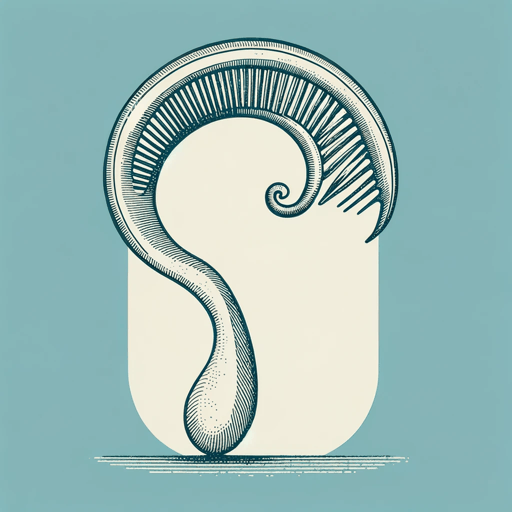24 pages • 48 minutes read
Wallace StevensSunday Morning
Fiction | Poem | Adult | Published in 1915A modern alternative to SparkNotes and CliffsNotes, SuperSummary offers high-quality Study Guides with detailed chapter summaries and analysis of major themes, characters, and more.
Poem Analysis
Analysis: “Sunday Morning”
Stevens begins his long, eight-sectioned “Sunday Morning” with a list. The list describes a woman’s relaxed, Church-less Sunday morning routine, and it continues throughout the poem’s first sentence, from its first to fifth lines. The first item on the list, “Complacencies of the peignoir” (Line 1), defines the attitude out of which the poem’s rhetoric grows, and it reveals that the poem's central character is a woman. A peignoir is a women’s robe worn over a nightgown. Its delicacy and French name also point to the woman's economic class. Here is a woman, living in comfort, seemingly unburdened by either economic ties to a partner or social responsibilities to a Church.
Despite the comforts of her late breakfast, described as “complacen[t]” (Line 1), “sunny” (Line 2), and “free[ ]” (Line 3), the woman’s thoughts still turn toward “the dark” (Line 6) of “that old catastrophe” (Line 7) of religion and, presumably, the death and resurrection of Christ in particular. The previously familiar trappings of her morning—“The pungent oranges and bright, green wings” (Line 9) of the cockatoo—transform into “things in some procession of the dead” (Line 10). As she “dreams a little” (Line 6), she thinks of the “passing of her dreaming feet / Over the seas” (Lines 13-14), mirroring a Christ who walks on water.
Related Titles
By Wallace Stevens





